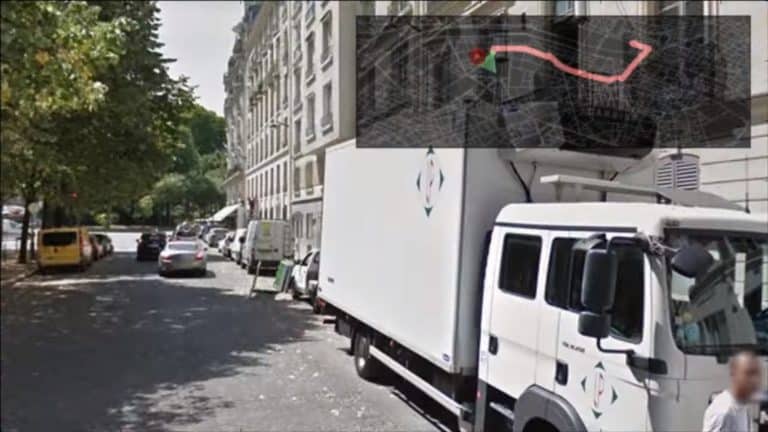Google will soon make the Streetlearn dataset available for training in machine learning models. The result would be navigation without GPS, because only image recognition is needed to map out and follow routes.
Deepmind, Google’s AI department, has been working on Google Street View images that are trained by a software agent for some time now. The Streetlearn dataset can navigate a map without the need for GPS coordinates. It only uses visual landmarks.
Streetlearn
The current Streetlearn dataset covers several regions within city centres of London, Paris and New York. The images consist of 360 degree panorama pictures of streets from Street View, each measuring 84 x 84 pixels. Raia Hadsell, research scientist at DeepMind expects Google to make the Streetlearn dataset available to other researchers from November (TechRepublic). With the dataset you could easily navigate through the three cities.
The system learns how to navigate in a city through reinforcement learning, a process that uses a series of multi-layer neural networks and mathematical models. The approach is based on the structure of the human brain. In fact, the model teaches the city as a person learns it: by means of visual landmarks.
New cities
There are three neural networks in Streetlearn: a convolutional neural network that takes care of image recognition and two Long Short Term Memory (LSTM) networks. The latter serve as a form of memory so that the wider system can consider contextual data.
By combining these three neural networks, Google can create a software agent that is transferable to other cities through what it has already learned. Hadsell: A taxi driver in London might as well go to Paris and drive around there without having to learn to drive again. He knows how to turn left or right. He just needs to get to know the environment. It works today, and it will work better and better as it learns more cities.
This news article was automatically translated from Dutch to give Techzine.eu a head start. All news articles after September 1, 2019 are written in native English and NOT translated. All our background stories are written in native English as well. For more information read our launch article.